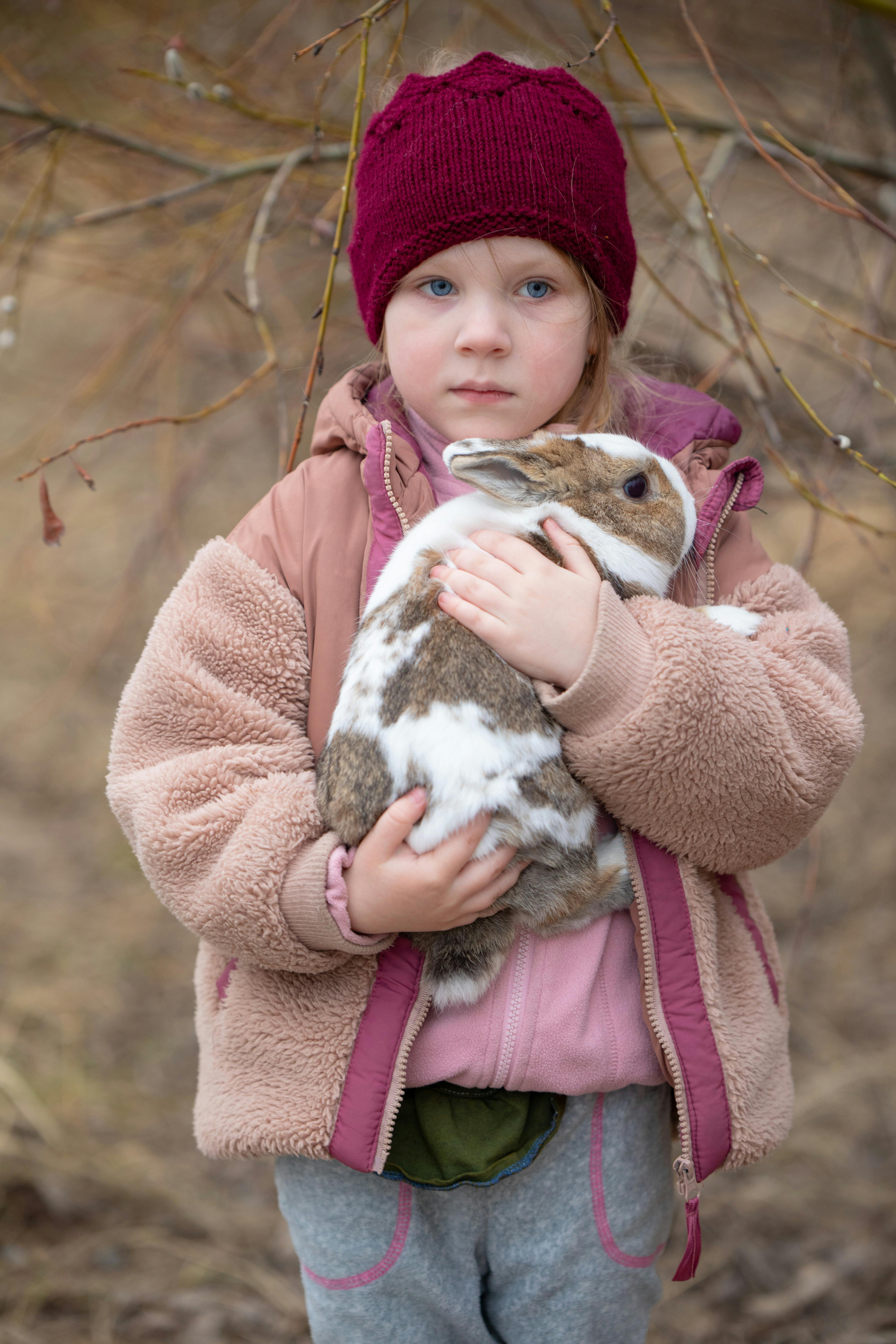
Apply Now


Essential Guide to Rabbit Life Cycle: Discover the Stages in 2025
The rabbit life cycle is a fascinating journey that showcases the growth and development of these adorable creatures. Understanding the stages of rabbit life can enhance your experience as a pet owner or animal enthusiast. From birth to adulthood, rabbits undergo significant changes that are crucial for their survival and well-being. This guide delves into the various stages of a rabbit's life, including baby rabbit development, adult rabbit behavior, and even the intricate details of their reproduction cycle. One of the primary benefits of understanding the lifecycle of a rabbit is that it empowers owners to provide tailored care, ensuring happier and healthier pets. Additionally, it allows pet owners to anticipate changes and challenges associated with their rabbit's growth. As we explore the different stages in-depth, we will also cover essential care tips relevant to young rabbits, especially during their delicate growth phases. In this article, you will learn about the lifecycle of a rabbit from infancy through maturity, the rabbit gestation period, rabbit breeding habits, and the energy needs of rabbits. You'll also discover important insights regarding rabbit habitats and behavior. Whether you are a new rabbit owner or a seasoned enthusiast, this essential guide will serve as an impressive resource for understanding and caring for these delightful creatures.Exploring the Stages of Rabbit Life
Understanding the stages of rabbit life requires careful observation and a little bit of knowledge about rabbit growth stages. The rabbit life cycle consists of several key phases: birth, infancy, adolescence, and adulthood. Each phase has unique characteristics and attractive features specific to the age group.Birth and Baby Rabbit Development
The rabbit, or bunny, lifecycle begins at birth. Baby rabbits, known as kits, are typically born in litters of three to twelve, depending on the rabbit breed. They are born hairless, blind, and completely dependent on their mother. The newborn kits will suckle from their mother for nourishment, which is high in dewy, nutritious milk. During the first few weeks, baby rabbits grow rapidly. By day ten, they start developing fur, and by two weeks, their eyes open. As they approach three weeks of age, they begin to nibble on solid food, marking a transition in their diet and signaling that they’re ready for new experiences. Common mistakes during this period include overcrowding in the nest and inadequate nutrition for the mother. Ensuring a calm environment for the expecting and nursing rabbits is vital for healthy baby rabbit development.Adolescence: Transitioning to Young Adults
As young rabbits mature into adolescence, around 8 weeks to 6 months, they exhibit behavior changes typical of this growth stage. This period is critical for establishing rabbit social behavior. They are more active and curious, exploring their surroundings and engaging in playful behaviors. This stage also marks the onset of sexual maturity; female rabbits can become pregnant as early as 4 to 5 months. To support young rabbits during this transformative phase, owners should monitor their social interactions and provide ample opportunities for playtime and exploration. Socialization and proper handling can make a significant difference in their development and behavioral traits.
Becoming Adults: Key Characteristics
Adult rabbits, those typically over 6 months old, exhibit established personalities and behavioral traits. Their energetic lifestyle will require more space and stimulation, reflecting their individual preferences. The adult rabbit behavior will reveal their established hierarchy within a household or social environment if they live with multiple rabbits. Understanding rabbit growth, diet, and grooming habits is essential during this phase. An adult rabbit’s needs vary based on factors like breed, size, and lifestyle. It’s important to consider their seasonal behavior changes, as these can affect their energy levels and dietary requirements. Providing a healthy mix of hay, vegetables, and pellets contributes to balance in their diet and maintains energy needs. Adult rabbits should also have access to plenty of room for exercise to promote a healthy lifestyle.The Rabbit Breeding Process
The rabbit breeding process is fascinating and complex. It requires knowledge and planning to ensure responsible practices. Understanding the anatomy, fertility cycle, and proper rabbit gestation period is crucial for anyone interested in breeding rabbits.Rabbit Reproduction Cycle Explained
The rabbit reproductive health can be quite productive, as rabbits have a notably fast fertility cycle. Females (does) can become pregnant shortly after giving birth, sometimes leading to multiple litters each year. Their estrus cycle lasts about 4 to 5 days every 10 days, emphasizing their reproductive efficiency. Breeders must observe the signs of rabbit mating rituals to ensure proper timing. Mating behaviors may become visible as the female engages in nose-to-nose exchanges and more playful interactions with potential mates. The gestation period for rabbits typically lasts about 28 to 31 days. Data about the conditions surrounding mating rituals and breeding habits can influence the success rate significantly.Care Tips for Expecting and Nursing Rabbits
Proper care for young rabbits begins long before they arrive. Pre-natal care for the expecting mother rabbit is vital for both her health and the health of her kits. Stress management, proper nutrition, and creating a secure nesting area are pivotal during this phase. After birth, ensuring adequate breast milk availability for the kits is essential. The environment should be calm, with minimal disturbances, to foster a nurturing setting for both mother and kits. Understanding signs of healthy versus unhealthy kits will aid in successful offspring care.